Somatic Therapist Training & Workshops

Our Training Orientation
The Reparation of Early Attachment Trauma
Further, somatic therapy has traditionally attended to high intensity trauma leaving clinicians and clinical populations with insecure attachment on the outside of somatic practice. This is our expertise – working with early attachment injuries (insecure attachment). Somatic Attachment Psychotherapy boldly and uniquely brings together somatic psychotherapy with attachment theory and application to practice, and psychodynamic/psychoanalytic psychotherapy into a sophisticated somatic therapy orientation for counsellors, psychologists, psychotherapists, clinical social workers, and other graduate level clinicians.
Bringing the Body into Practice trainings have a relational/interpersonal psychodynamic and somatic lens that is informed by emergent neuroscience, attachment theory, relational and interpersonal psychoanalytic practice, trauma studies, embodiment practices and rests upon the understanding of the interconnectivity of the web of life and the awareness of the importance of social context. We use these strategies for our somatic therapist training. This starting point offers a depth and nuanced understanding of how the body and psyche are impacted by relationships, circumstances, events, and experiences throughout the lifespan as well as how the body and psyche are touched neurophysiologically and psychologically by events beyond the individual life experience.
The body is the story teller of one’s life.
Bringing the Body into Practice, as an orientation, understands the body as historian of one’s life and the holder of the legacies of historical, transgenerational, relational, early attachment and socially perpetuated traumas. We also understand the body as a site of living knowledge. In working to bring greater self and co-regulation of the ANS and affect management system, a deeper embodiment and connection to nature and the web of life becomes possible. By accessing embodied ways of knowing and processing through the right hemisphere this orientation enables deeply nuanced, internal reorganisation and integration of human experience. Through relational processing a deeper understanding and repair of attachment patterns is possible and opens up new possibilities of connection and living.
By Bringing the Body into Practice, the relationally and somatically oriented therapist offers ways to shift patterns of neurophysiology that underpin interpersonal relational patterns and emotional, mental, spiritual, and behavioural states and ways of being, that impede healthy functioning. By Bringing the Body into Practice, we utilise bodily ways of knowing to guide processes of relationship with the self and between the therapist, the client(s), the community, and the earth.


Theoretical Foundations

Educational Orientation
Training Methodology

